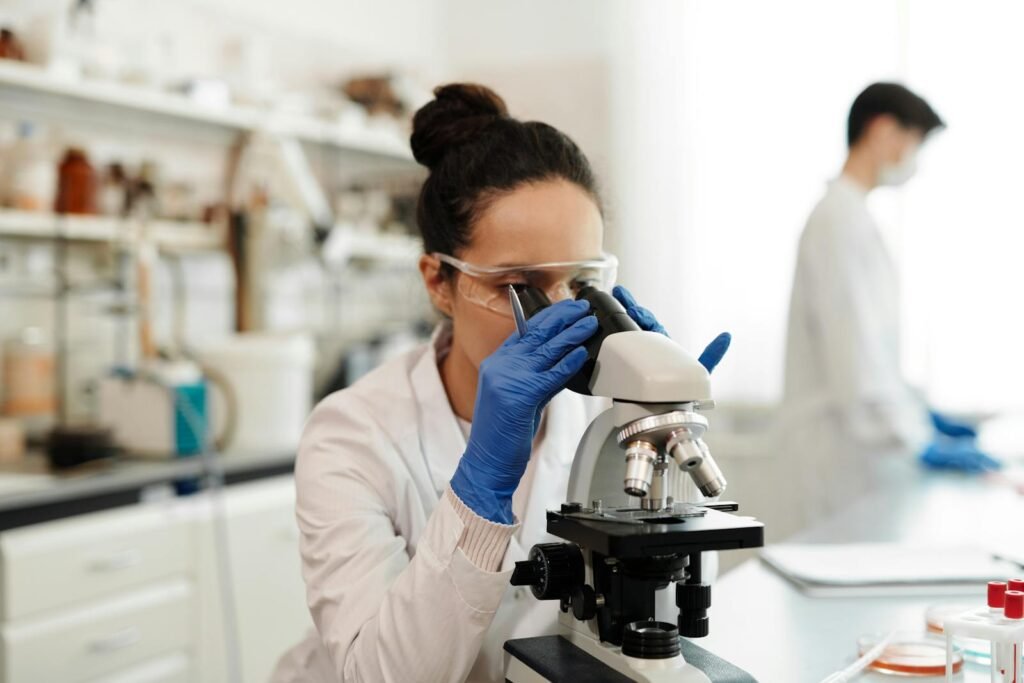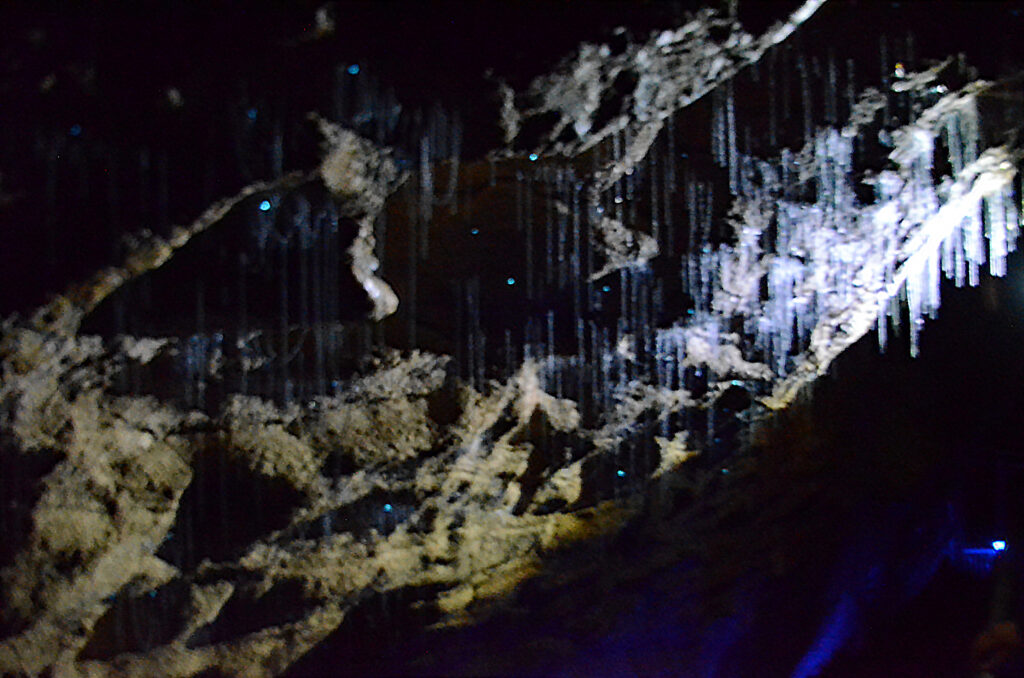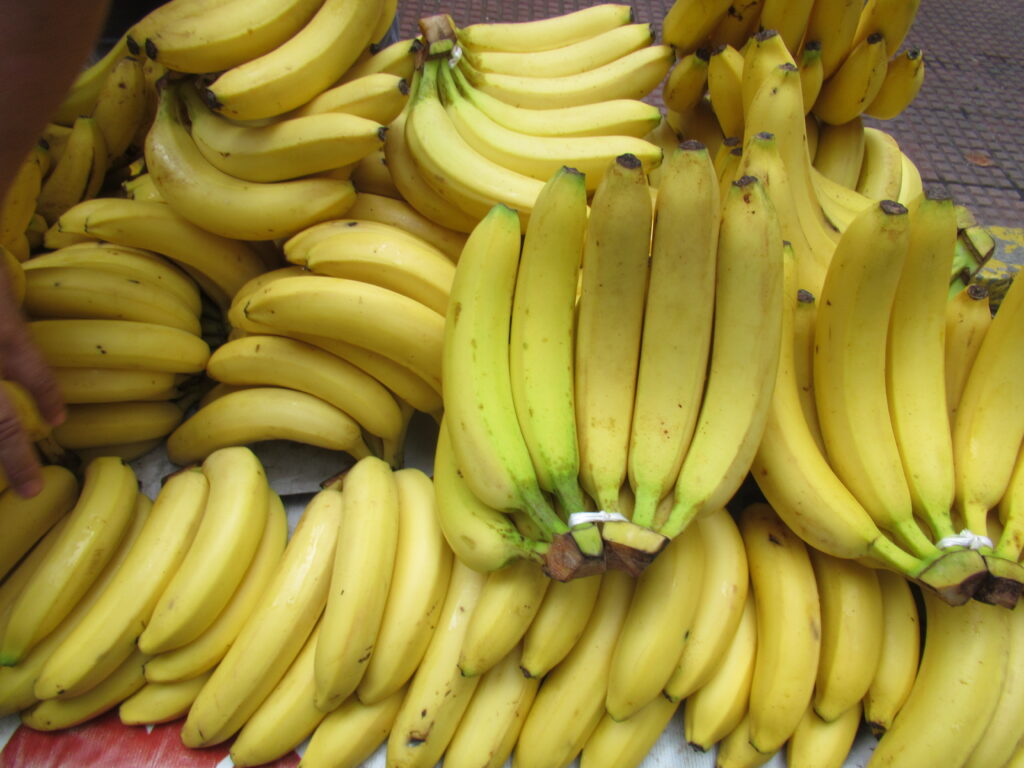Far in NASA’s super-sterile cleanrooms where spacecraft are assembled carefully to not infect other planets, researchers have made a staggering discovery: 26 new, undiscovered species of bacteria flourishing where nearly everything should perish. The microbes, impervious to extreme forms of sterilization, hold genetic information that might re-engineer biotechnology, medicine, and even our definition of life beyond the Earth. A landmark paper authored by NASA’s Jet Propulsion Laboratory (JPL), King Abdullah University of Science and Technology (KAUST), scientists from India and Saudi Arabia breaks the cover about how these bacteria not only survive in the extremely harsh conditions of cleanrooms but can potentially offer the secrets for survival and also utilization of space’s lethal ambiance.
The Paradox of NASA’s “Sterile” Cleanrooms

Cleanrooms are perhaps the most unwelcoming environments on our planet for microbial organisms. Engineered to reduce contamination, they are equipped with HEPA-filtered air, chemical disinfectants, UV sterilization, and humidity controls so strict that a single wayward microbe threatens interplanetary missions. Yet, against all odds, scientists have identified 26 novel bacterial species flourishing in these extreme conditions.
“These microbes are the ultimate survivors,” says Dr. Kasthuri Venkateswaran, a retired NASA JPL senior scientist and study co-author. “They shouldn’t be here, but they are and their resilience could redefine our approach to space exploration and biotechnology.”
Meet the “Unkillable” Bacteria Defying Space-Like Conditions

These new species are found in three rugged bacterial families: Pseudomonas, Acinetobacter, and Bacillus. How are they unusual? Their genetic survival toolkit:
- Radiation Resistance: Some strains possess enhanced DNA repair mechanisms, allowing them to recover from radiation levels similar to those in deep space.
- Chemical Detoxification: Others produce enzymes that neutralize harsh disinfectants, including hydrogen peroxide and alcohol-based cleaners.
- Metabolic Adaptations: Certain species can enter dormant states, surviving for years without nutrients, a trait that could prove invaluable for long-duration space missions.
“These aren’t just random contaminants; they’re engineered by evolution to withstand what should kill them,” explains Professor Alexandre Rosado of KAUST, a lead researcher on the study.
A Hidden Threat Or a Biotech Goldmine?

Though NASA’s primary interest is preventing these microbes from tagging along to other worlds, their weird genes could be a scientific gold rush for Earth. Potential applications are:
- Future Antibiotics: Genes associated with antimicrobial resistance may give rise to new drugs.
- Food Preservation: Enzymes that stabilize cells under stress could improve shelf life without artificial additives.
- Radiation Protection: Mechanisms that repair DNA damage could aid cancer treatments or shield astronauts.
“We’re looking at nature’s blueprint for survival in the harshest environments,” says Junia Schultz, the study’s first author. “This isn’t just about planetary protection, it’s about harnessing evolution’s innovations.”
Why NASA Is Racing to Understand These Microbes

The discovery has urgent implications for planetary protection and the effort to avoid contaminating celestial bodies with Earth life. If these microbes can survive NASA’s sterilization protocols, could they also endure Mars’ radiation or Europa’s icy oceans?
“The last thing we want is to mistakenly seed another world with Earth’s toughest bugs,” warns Venkateswaran. The study is helping NASA refine decontamination methods and identify which organisms pose the highest risk.
From Cleanrooms to Outer Space: A New Frontier in Astrobiology

The microbes’ resilience raises a tantalizing question: Could similar life exist elsewhere in the cosmos? If Earth’s hardiest organisms thrive in space-like conditions, extremophiles might be hiding in plain sight on Mars, Enceladus, or beyond.
“This isn’t just about cleaning spacecraft,” says Rosado. “It’s about rewriting our search for extraterrestrial life.”
The Future: Engineering Life for Space and Earth
NASA and KAUST are now exploring how to repurpose these microbes for:
- Self-Healing Materials: Bacteria that seal cracks in spacecraft hulls.
- Mars Agriculture: Strains that fertilize soil in extraterrestrial greenhouses.
- Biomanufacturing: Microbes that produce medicines on-demand during deep-space missions.
“We’re at the dawn of a new era,” Schultz says. “These microbes could be the foundation of off-world industry.”
Conclusion: A Microbial Revolution in the Making

What began as a contamination control study has unveiled a hidden world of ultra-resistant life with implications stretching from Earth’s labs to the stars. As NASA prepares for human missions to Mars, these microbes serve as both a warning and an opportunity: the same traits that make them a threat to planetary protection could make them humanity’s greatest allies in space.
One thing is certain: The universe’s toughest life forms might have been hiding in NASA’s cleanrooms all along.
Sources:

Jan loves Wildlife and Animals and is one of the founders of Animals Around The Globe. He holds an MSc in Finance & Economics and is a passionate PADI Open Water Diver. His favorite animals are Mountain Gorillas, Tigers, and Great White Sharks. He lived in South Africa, Germany, the USA, Ireland, Italy, China, and Australia. Before AATG, Jan worked for Google, Axel Springer, BMW and others.




